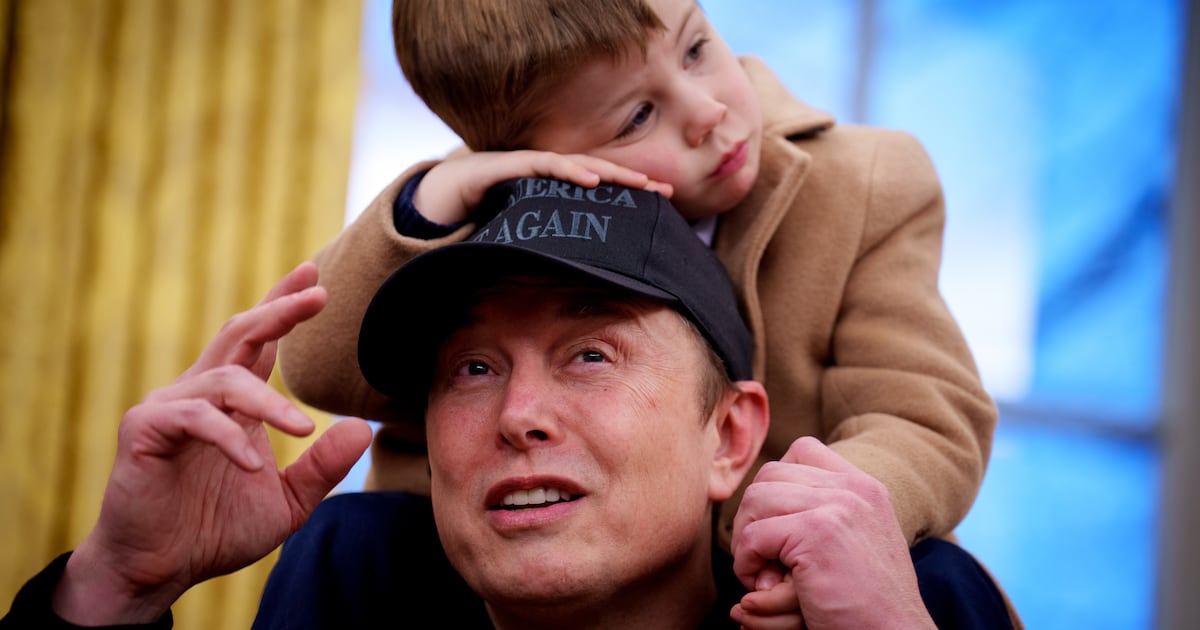Fantastic Fungi, the captivating, revealing new nature documentary from Moving Art, makes the case that the very essence of the world, of humanity, of life and death, can be reduced to mushrooms.
“There’s a feeling, the pulse of eternal knowledge. When you sense the oneness, you are with us,” narrates Academy Award-winning actress Brie Larson, as shots of the Earth as seen from space zoom into to sweeping close-ups of waterfalls and moss. “We brought life to Earth. You can’t see us, but we flourish all around you, everywhere, in everything, and even inside you.” A pregnant pause. “Whether you believe in us or not.” Over a musical crescendo, Larson quickens the delivery of her lines, building up to the big reveal: “We are creation, we are resurrection, condemnation and regeneration. We are mushrooms.”
The 74-minute film works to prove to viewers that the mushrooms and fungi beneath our feet live up to these promises in the dramatic (and at times seemingly hyperbolic) introduction. Through interviews with experts and breathtaking close-up shots that offer a totally new perspective of the tiniest, most overlooked residents of the forest floor, Fantastic Fungi illustrates the fundamental connection between humans and mycelium.
Producers interviewed renowned mycologist Paul Stamets, who is quite the celebrity in the magic mushroom world for his popular TED Talk entitled “6 Ways Mushrooms Can Save the World.” They also spoke to Michael Pollan, author of The Omnivore’s Dilemma, food naturalist Eugenia Bone, and doctor and alternative medicine advocate Andrew Weil, among others.
Fungi, the film argues, are an essential tool in feeding and nourishing us, with the potential to promote both therapeutic and physical solutions to a variety of health issues. Doctors and participants from psilocybin studies attest to the profound positive effects of single doses of mushrooms on mental health. While fungus is often associated with death and decomposition, it also, crucially, “generates soil that gives life.”
The director, Louie Schwartzberg, uses time lapse effects to “make the invisible visible,” capturing enchanting visual spectacles from fungi growing into toadstools straight from the pages of a storybook, to the grotesquely fascinating decomposition process of a mouse corpse. These time lapse shots are some of the most compelling moments of the film, providing an eye-level view of the processes that we rarely get to see for ourselves.
Images of crystalline snow melting to uncover pinecone and dew-dappled white mushrooms springing from the soil, revealing their grooved underbellies, would not look out of place in a fantasy film. It is during these sequences that the tiny subjects most believably embody the power and wonder with which they are described in the opening.
The documentary is packed with fascinating facts of the sort that one might deploy to impress guests at a dinner party. Plants, for example, can recognize their own kin in the way that humans form attachments to family members, according to ecology professor Suzanne Simard. Trees swap nutrients with one another using mycelium as a pathway, and through these networks, “mother” trees are able to identify and communicate with their seedlings.
While much of Fantastic Fungi is devoted to waxing poetic about the health benefits of varying types of fungi, it would not be a documentary about mushrooms without covering psychedelic experiences. By way of introduction to the subject, Schwartzberg presents a slightly disorienting animated rendering of hairy, nonverbal early hominids gathered around a fire, tripping on psilocybin mushrooms. Stamets—wearing a blue baseball hat with a mushroom on it the way one shows allegiance to a favorite sports team—then divulges his first experience with magic mushrooms.
“When I was in Ohio, I actually purchased a bag of magic mushrooms,” he explains, “but I had no guide, I had no recommendations for how much to consume. So, I had a bag about this big, so I thought, ‘Well, this is probably one dose,’ so I consumed the bag. Now, for those of you who don’t know, this is like ten times more than you probably need to consume.” Off to a great start, Paul! What could have easily been a bad trip, however, turned out to be a life-changing experience for young Stamets.
“There was a beautiful big, big tree, an oak tree,” he continues, “and then I noticed black clouds on the horizon, and I realized there was a storm coming and I thought, ‘This is great. I’ll have this great visual of a storm coming,’ and I thought, ‘I’m going to climb to the top of the tree.’” So far, teenage Paul is still demonstrating A+ logic.
As he describes a lightning storm of biblical proportions, which he was watching from the top of a tree, I was sure that this story would not have a happy ending. But instead of focusing on his fear, Stamets chose to channel his energy into overcoming his embarrassing stuttering problem. “And so, I thought, ‘I need to stop stuttering,’” he explains. “I said to myself, ‘Stop stuttering. Stop stuttering now.’” The very next day, when a pretty girl he had a crush on said hello to him, Stamets was able to give an unwavering, stutter-free reply for the first time in his life. Magic mushrooms, indeed.






